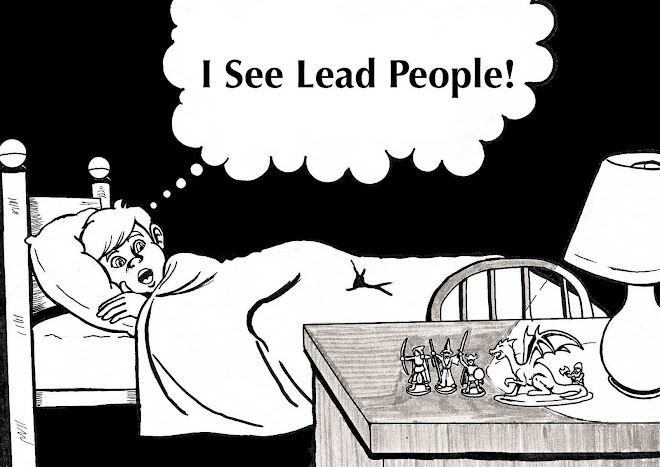A recent post over at Grognardia got me to thinking about how there seems to be a tendency among people and especially seem to real against the interpretation of classic or favorite literary sources into new permutations. The topic on Grognardia is in regard a video game based loosely on Dante’s Inferno that seems to take a lot of license with the subject material. Now, I am sure that this is just a software company using a thin overlay of classic literature to add a sense of place and setting to their game. But let’s think about that last sentence.
As gamers, we do this all the time. We pinch from literary, historical, mythological and folk lore sources all the time and use what we want and cast out the rest. There have been essays, interviews and articles, beyond counting, written about the origins of our favorite gaming worlds and where the various bits and pieces of those worlds came from. Even those who we consider the classic forefathers of our hobbies claim at least some inspiration from earlier works or classic sources, sources from which they pinched what they wanted or liked and then remixed into their own worlds. Sure this can be done in ways that are better or worse, but it really doesn’t sit all that well with me that when it happens to “us” we gamers tend to throw the origins of our hobby and the worlds that shape it out the window. I know that my game worlds have included elements of the Conan, Greyhawk, Forgotten Realms, Classic Myth, reinterpreted history and a few new ideas here and there to hold them all together into a mishmash that would either amaze or horrify any academic.
Several articles in Dragon magazine over the years have talked about the origins of the various beasties of the D&D world and how they have been pulled, almost rendered down from various sources into their current forms. The Drow are one good example, being drawn from old tales of dark elves, blended with “Trows” from the Orkney Islands which were a sort of trollish faerie creature and then given a different pronunciation and a face lift as pretty ebon-skinned elves. Heck, even the Drow has gone through a few of its own artistic interpretations over the years. Now, there is no excuse for the abuse of good literature, but there are times when a fair amount of interpretation and redesign can come up with something wonderful.
Using the above mentioned video game as an example, this product would have existed and likely has under one name or another and with any number of variations on window-dressing. The game may suck or it may be really fun and if so does the association with the literary work have any reflection on that? Does the game really reflect on the literary source in any way that matters? I don’t think so on either account. People who like the game will like it. People who don’t like it won’t. More importantly, I don’t believe that people will suddenly find the literary classic Dante’s Inferno any less appealing for the existence of this game just as I don’t think this game will bring more than a passing awareness of the literary work to anyone who doesn’t already have one. However, there is the hope and possibility, that just a small few may discover a love of this work through its association with the video game.
I can say with all certainty and honesty that before I got involved with D&D my interest in medieval history was a passing thing, limited to the romantic views expressed by most little boys of the 70’s. However, and to my mother’s glee, D&D and then gaming as a whole got me reading and looking into more of source materials that the games were built on. Arm loads of books from the library and bought with allowance spoke, with no pun intended, volumes about how much my interest and education on the various subjects had grown since my introduction to gaming as a hobby. Do I think the Dante’s Inferno video game will do the same? Not really, but it might actually put the book into the hands of a reading teen or even adult who might not have ever picked the book up otherwise.
Really when it comes down to it, I don’t think there is anything wrong about this sort of artistic license as long as credit is given and the original source work isn’t twisted into something that is hateful and hurtful to people (at least intentionally). I think if any of us took a look at the games we play and the worlds we play in and build that we’d see this sort of thing isn’t as outside of us as we might think.



































































Excellent post. I've never yet played a campaign setting that doesn't owe something to earlier sources. I've never had a problem with this because I remember the saying that "history repeats itself". Even in the 'real world' nothing is original.
ReplyDeleteThe game looks fun!
ReplyDeleteGood post. ACG is right, the game does look fun.
ReplyDelete